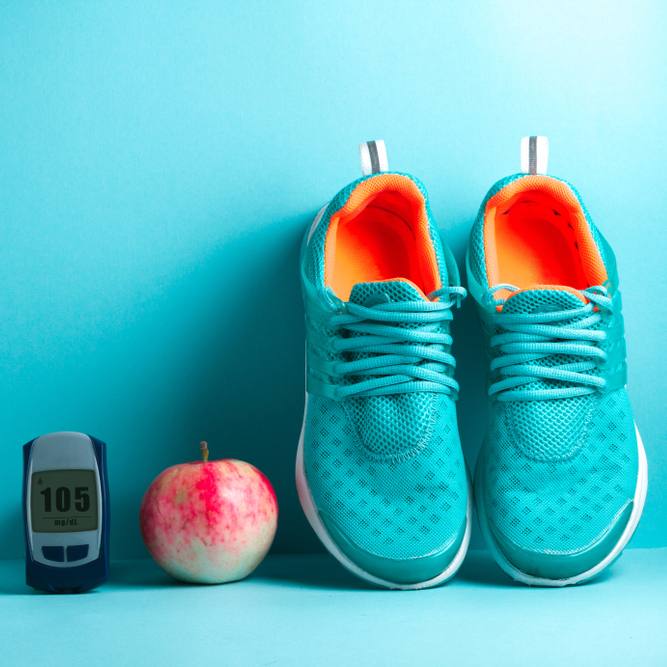-
Mayo Clinic Q and A: Take precautions to avoid ticks and Lyme disease
DEAR MAYO CLINIC: In the summer, my kids play outdoors most of the day, and we have found ticks on their clothing. Is Lyme disease something I should be worried about? What are the early symptoms? Does bug spray keep ticks away?
ANSWER: Lyme disease is the most common illness spread by ticks in the United States. So it is worth taking precautions to prevent this disease, especially if your children play in woo ded, grassy or bushy areas and you live or vacation in an area where Lyme disease is prevalent.
ded, grassy or bushy areas and you live or vacation in an area where Lyme disease is prevalent.
Lyme disease is caused by a bacterium, called Borrelia burgdorferi. Black-legged ticks, also known as deer ticks, which feed on the blood of animals and humans, can carry the bacteria and spread it when they feed.
The ticks tend to live in long grasses, bushes, shrubs and forested areas. If your children play where grass is short or their play area is covered with another material, then ticks aren’t a big concern. If, however, they go hiking in the woods or play in long grass, or if your yard has a significant number of bushes and shrubs, then you need to take steps to make it less likely that your children will end up with ticks.
One of the most effective ways to deter ticks is to wear clothing that covers the arms and legs, including long-sleeve shirts and long pants tucked into socks, along with a hat. Of course in the summertime that kind of clothing can get uncomfortable, especially for kids who are running and playing.
If your children prefer to be in shorts and t-shirts and they play in tick-prone areas, then it’s important that they wear insect repellent. To keep ticks away, the repellent should have a 20 percent or higher concentration of DEET. Some parents worry about the safety of DEET. If you follow the directions, though, DEET is safe for children ages 6 months and older.
You can also use an insect repellent called permethrin on your children’s clothing. This repellent does not just repel ticks, it kills them. You can spray it on clothing in advance, so that it has time to dry before your children wear it, or you can buy clothing that already has permethrin embedded in the fabric.
If you notice a tick on your child’s skin, take it off as soon as possible. The best way to do that is to use a tweezers. Pinch down by the head where it’s attached to the skin. Don’t squeeze, crush or twist it. Instead, pull the tick out carefully using consistent pressure.
If the tick is very swollen, that means it has been feeding for quite some time. A tick must be attached for 36 hours or more before it can transmit the bacteria that cause Lyme disease. If you find a swollen tick on your child, and you live in an area where Lyme disease is prevalent, remove the tick and bring it with your child to a doctor. The doctor may decide to give your child an antibiotic to prevent Lyme disease.
Symptoms of early-stage Lyme disease include a flu-like illness that usually involves aches and pain. Some people develop a fever, but others do not. The symptom to watch for, though, is a bull’s-eye mark at the spot where the tick attached. It occurs in up to 80 percent of people with Lyme disease. It’s normal for a small bump to develop after a tick bite. If over several days, however, the redness expands to form a rash in a bull’s-eye pattern, with a red outer ring surrounding a clear area, then you need to see a doctor. Be sure to mention that your child has recently been outdoors around ticks.
Treatment for Lyme disease usually involves a short course of antibiotics. If treated in its early stages, Lyme disease can often be effectively eliminated without any long-term problems. — Bobbi Pritt, M.D., Laboratory Medicine & Pathology, Mayo Clinic, Rochester, Minn.







